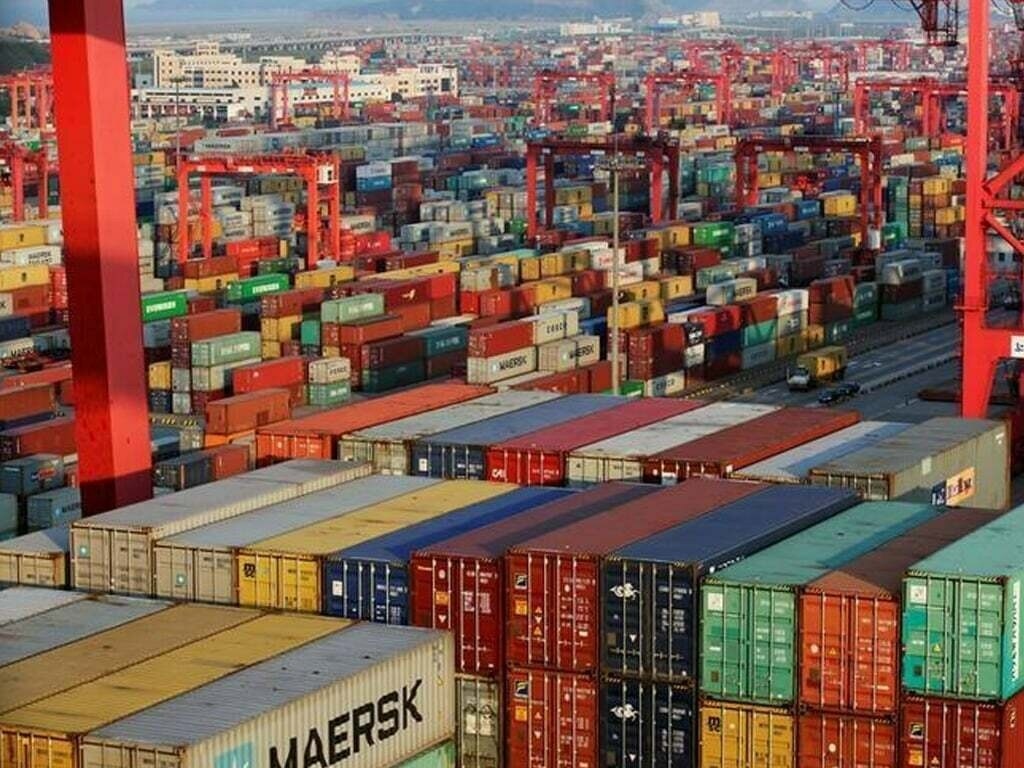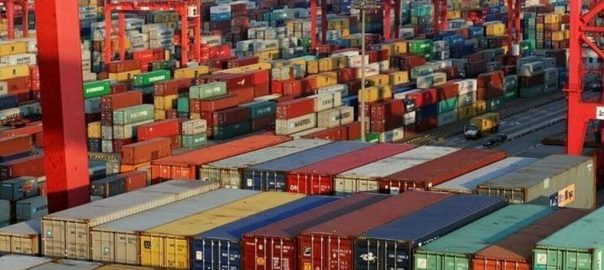With import restrictions, Pakistan’s import-substituting manufacturing sectors, which are highly dependent on imports for raw materials, are crippling. And one reason is that the country relied on duty covers to let the domestic sectors spur and was never able to create a level playing field in a true sense.
Enhancement in productivity and innovation in processes is the way to go. In many sectors, Pakistan can do away with local production and could rely on imports (such as an automobile). Still, at the same time, the country needs to step up in some sectors with a competitive edge to not only provide for domestic needs but could also export.
One key area is energy, where competitive pricing and sustained and reliable supply is imperative for many other sectors to be competitive. For example, after recent price revisions, higher energy prices are hitting the country’s most prominent exporting sector, the textile sector, badly. And there are many other examples, as many businesses lost their viability at the feasibility stage due to energy pricing and reliability issues.
Here, the critical component is inefficiencies in the transmission and distribution system feeding the circular dent, eventually leading to higher consumer prices. And with curbs on imports, the supply of materials and equipment, which are essential for lowering the T&D losses and streamlining the supply, is hindered too. That is further exacerbating the problem.
In a recent conference, an expert mentioned that Rs470 billion of imported equipment and material has localization potential. This ranges from printed circuit boards to safety harnesses, which must be tapped to improve the energy supply chain. There are incidences where local manufacturing is entering the market, albeit on a limited scale, but it still shows the possibility.
Capturing this potential may be difficult in the current economic conditions, but this is where business groups can play a crucial role in shaping the policies that can channel capital in a targeted manner to spur activity at a grassroots level. These are long-term visions that require stability and clarity to thrive. However, if successful, they can bolster Pakistan’s export potential and make the country self-sufficient.
Distribution companies share their long-term multi-year investment plans, which the regulator approves. This money has to come in to maintain or improve service levels. For example, MEPCO plans to invest Rs 149 billion from FY22 to FY26. KE is currently awaiting approval on the Rs 484 billion plan until FY30.
There are tangible performance improvement targets committed against these investments and active scrutiny on whether the projected funds are deployed. Barring variations in response to external macro factors, these provide a clear horizon.
Future sustainability rests on our ability to create resilient supply chains, foster local growth, and break barriers to collaboration. First, of course, governance frameworks will have to be improved – the task seems futile in the current scenario. But when many are working on addressing or worrying over the immediate issues, we must keep our eyes on the future. Otherwise, we run the risk of being caught in a myopic cycle.


